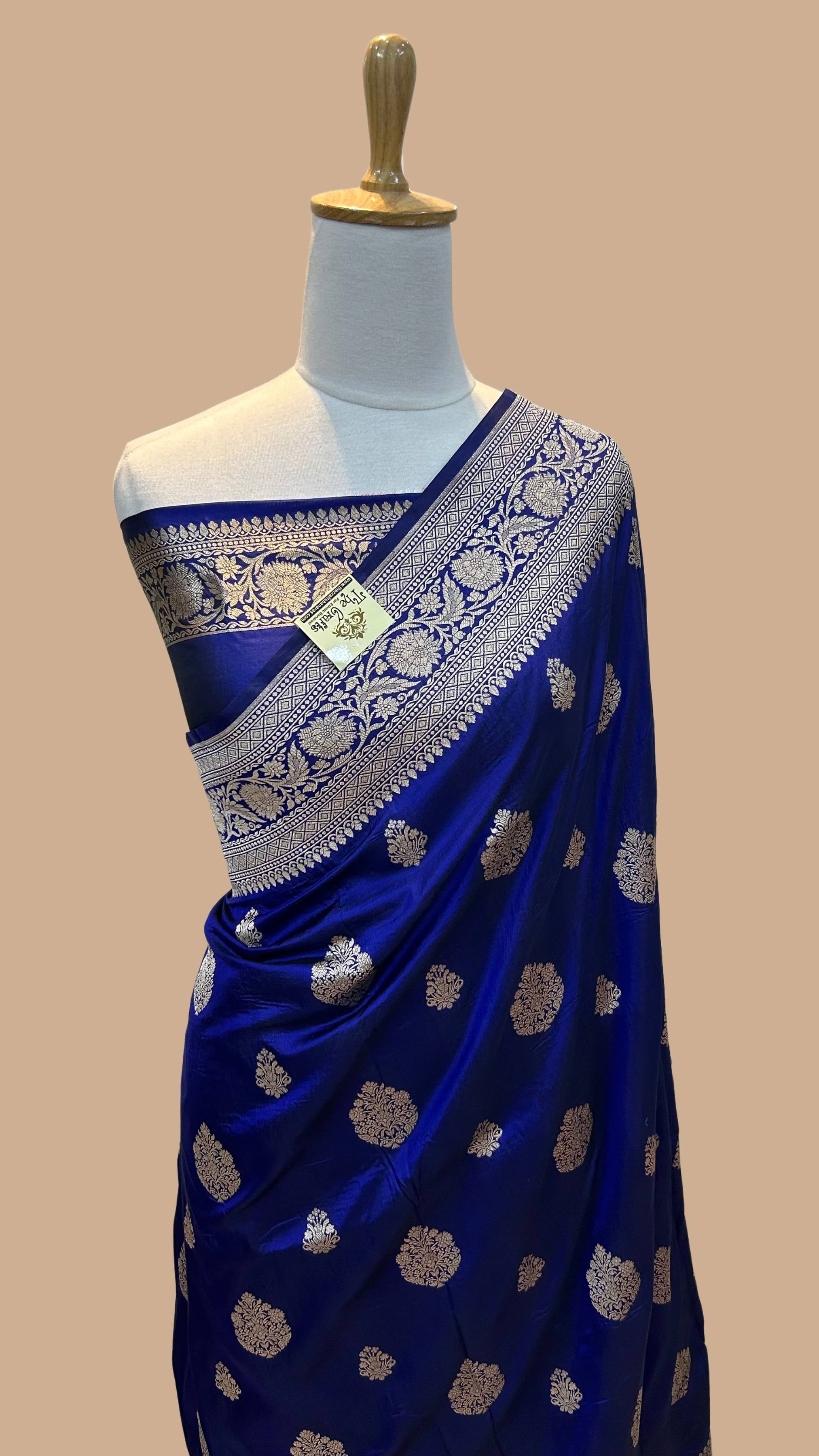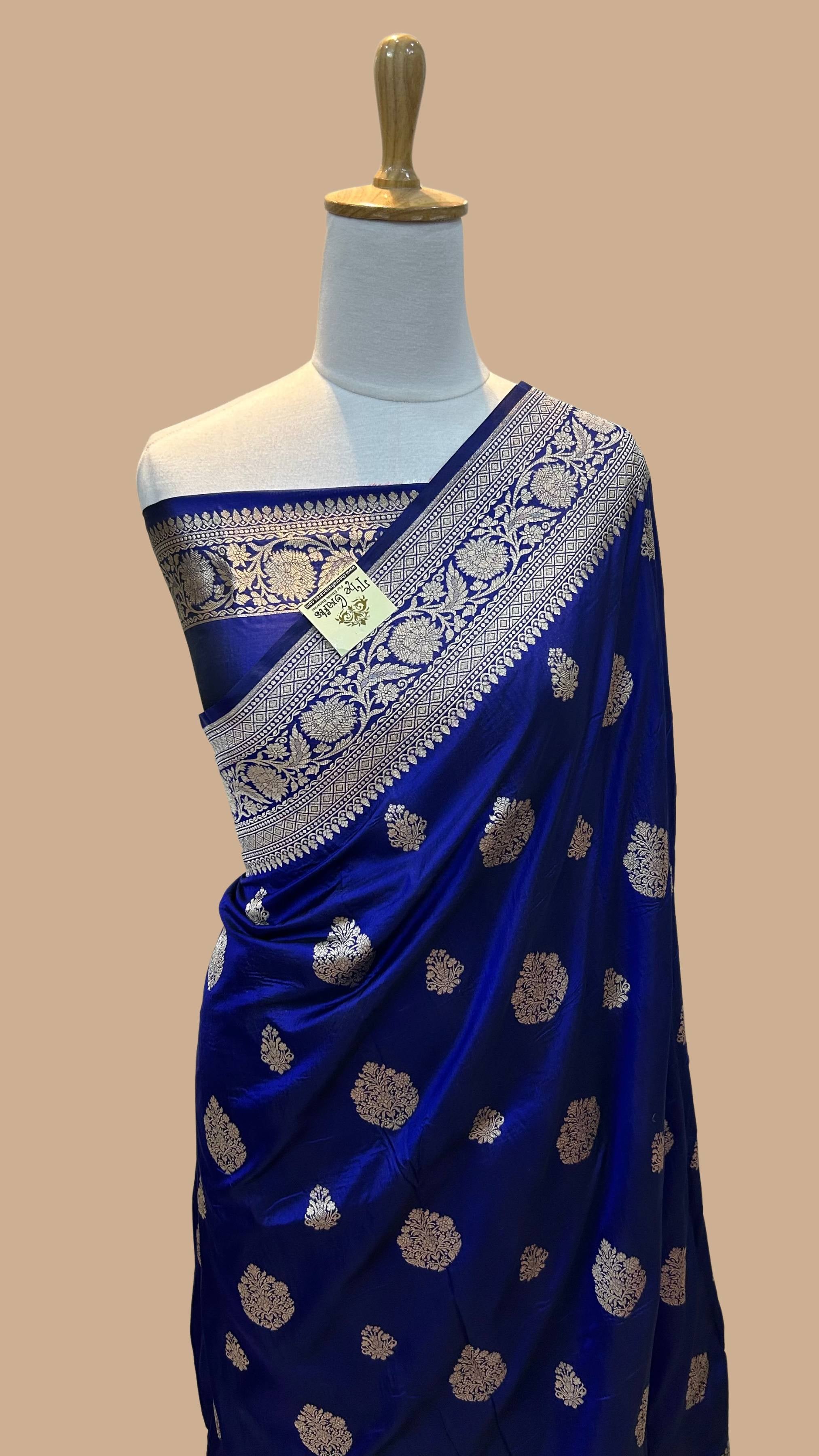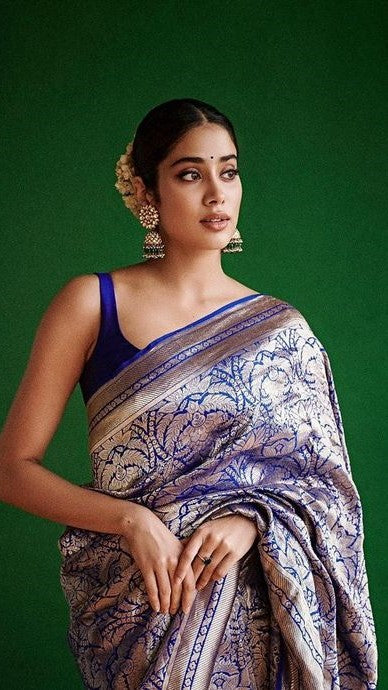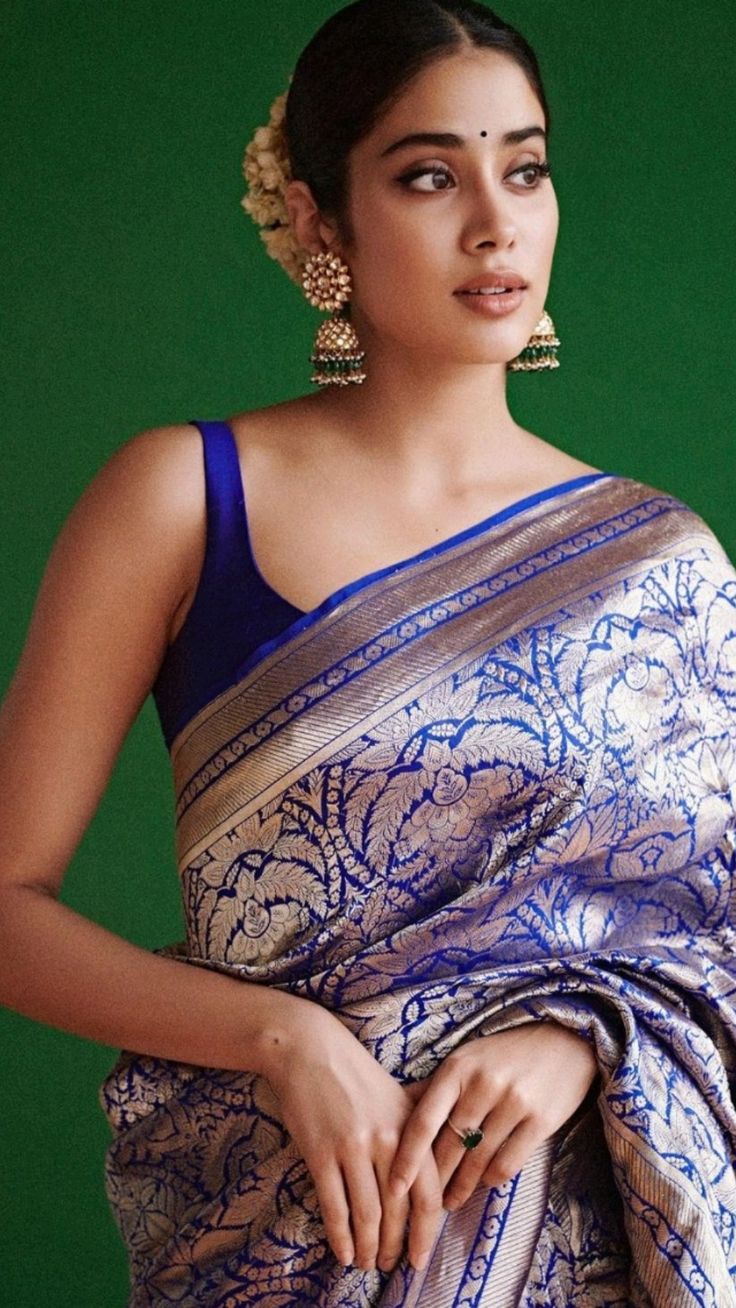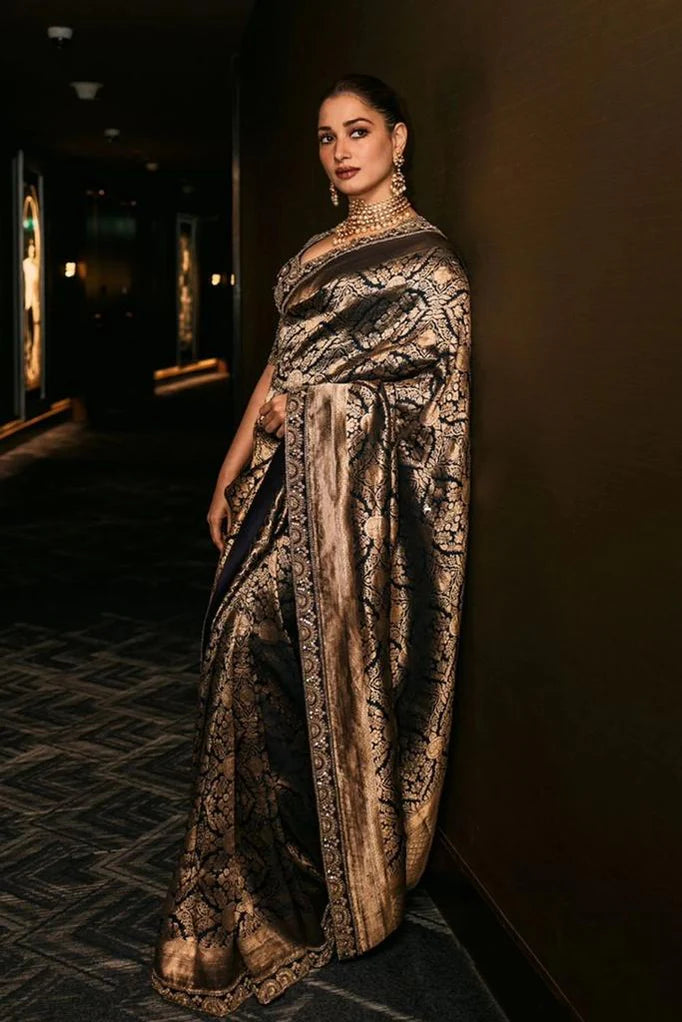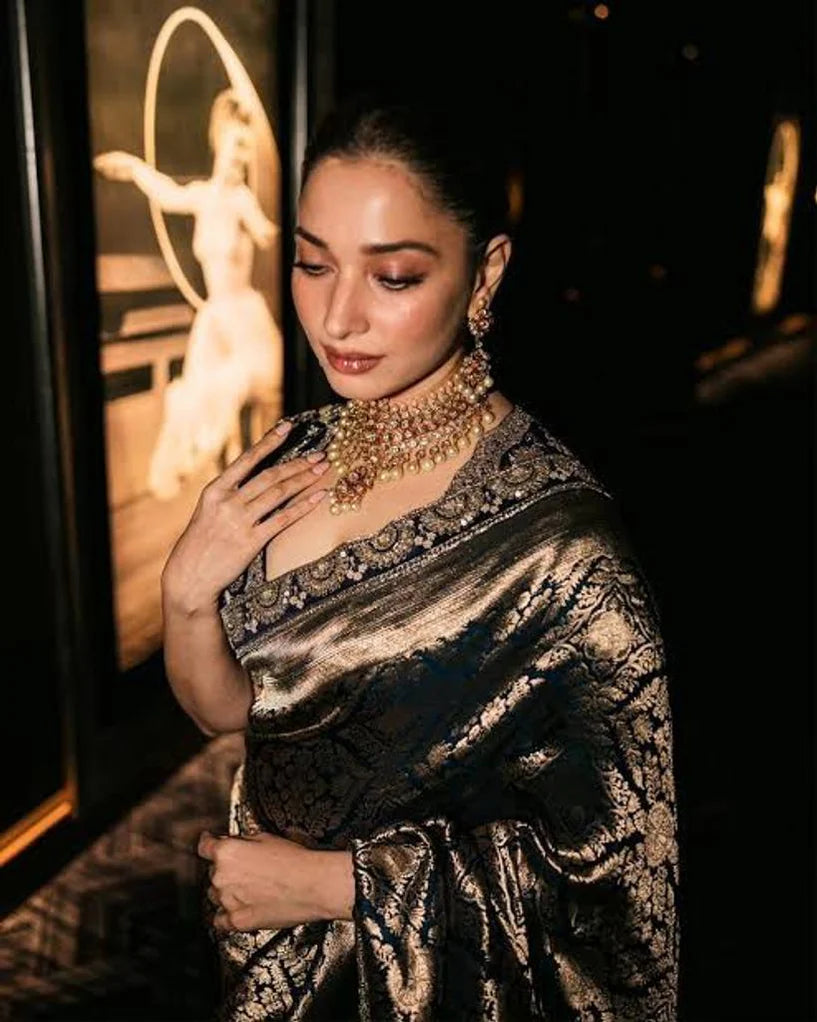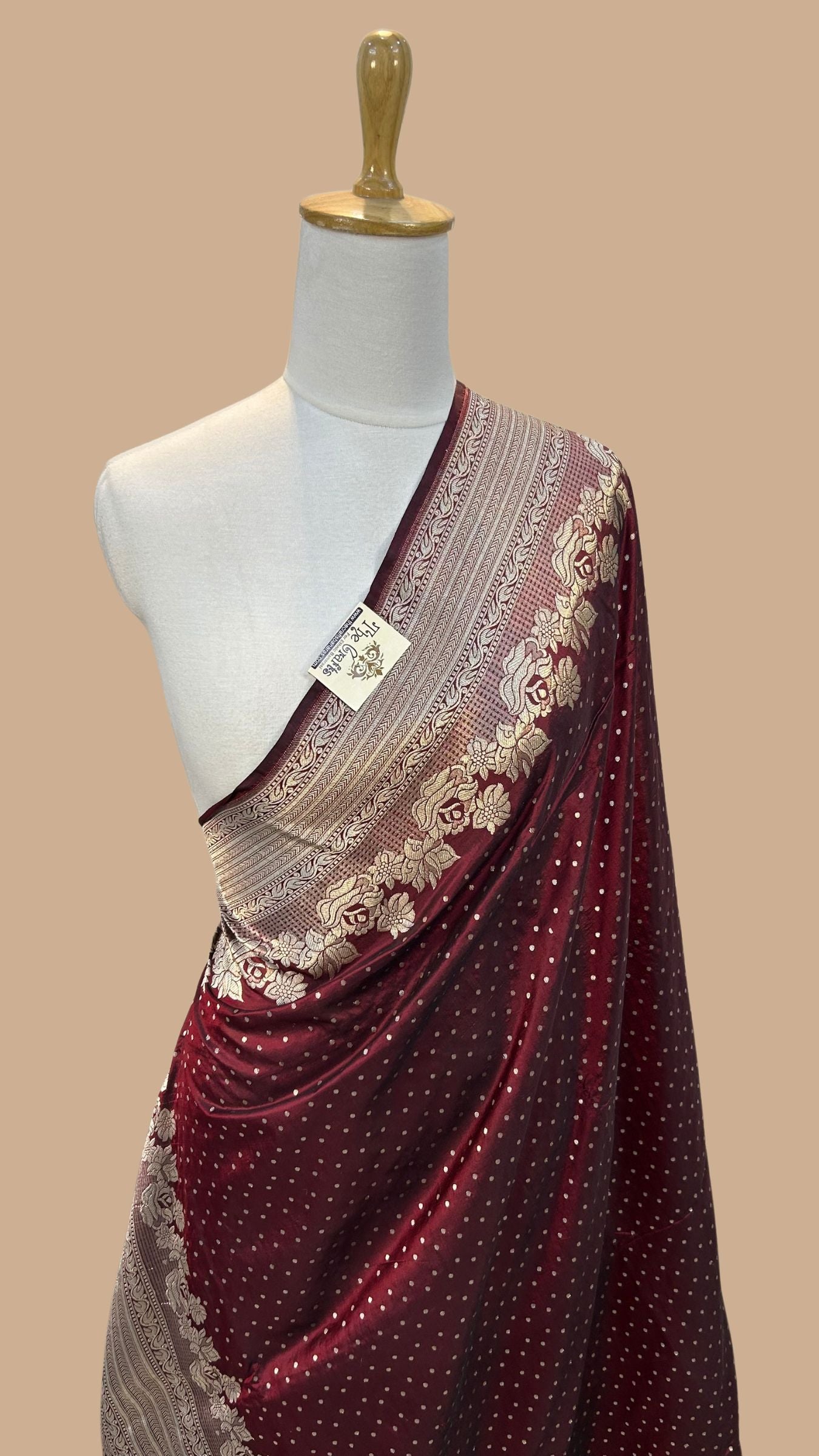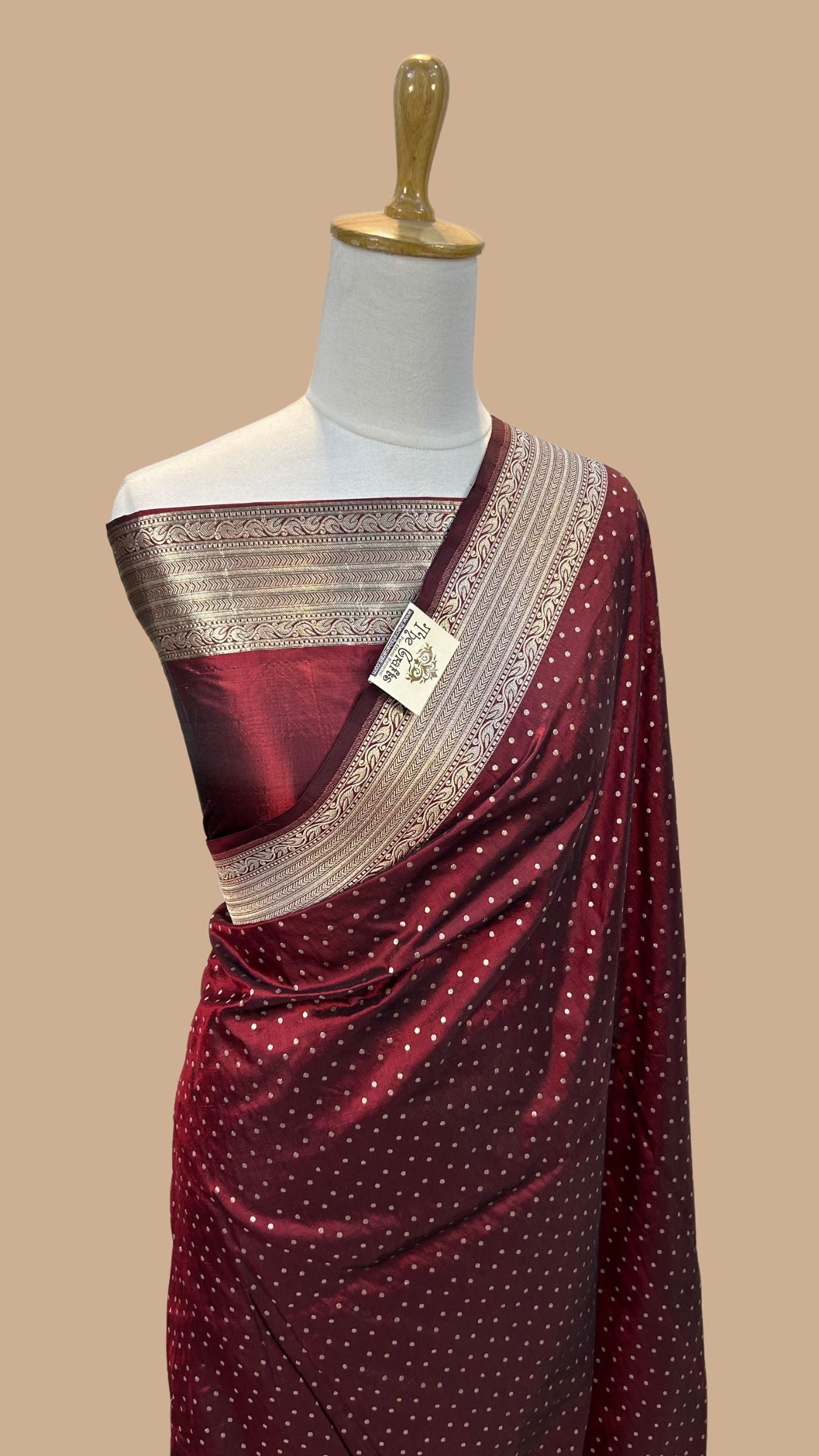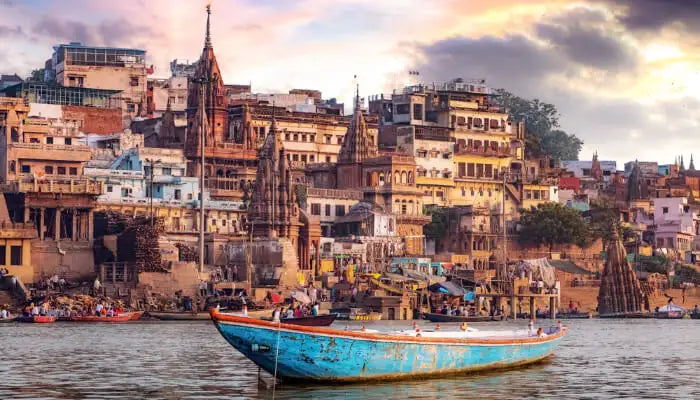
Banaras & Its Heritage Art : A Tapestry of Timeless Elegance
Introduction:
Banaras, also known as Varanasi, is a city steeped in rich cultural heritage and renowned for its exquisite craftsmanship. Among its many artistic treasures, Banarasi heritage art and Banarasi sarees stand out as epitomes of elegance, grace, and craftsmanship. For centuries, these masterpieces have captured the imagination of connoisseurs and have become synonymous with luxury, tradition, and timeless beauty. In this blog, we will delve into the world of Banarasi heritage art and the allure of Banarasi sarees, exploring their history, artistic techniques, and enduring charm.
1. Historical Significance:
Banaras has a profound historical significance that dates back several millennia. As one of the oldest living cities in the world, it has been a center of art, religion, and learning. The roots of Banarasi heritage art can be traced back to the Mughal era when the city flourished under their patronage. It was during this period that the art of weaving silk, which eventually led to the creation of Banarasi sarees, gained prominence.
2. Banarasi Sarees: A Timeless Treasure:
Banarasi sarees are renowned globally for their opulent beauty and fine craftsmanship. These sarees are typically made from pure silk and are adorned with intricate designs, vibrant colors, and luxurious zari work. The zari work involves weaving gold or silver threads into the fabric, creating breathtaking patterns of floral motifs, paisleys, and intricate brocades. Each Banarasi saree is a masterpiece, taking weeks or even months to complete, and represents the skill and dedication of the weavers.
3. Artistic Techniques:
The creation of Banarasi sarees involves a meticulous and labor-intensive process. The artisans, who are often part of generations-old weaving families, start by designing the motifs and patterns on graph paper. These designs are then transferred onto the silk fabric using special ink. The weaving process itself is done on handlooms, where each thread is carefully intertwined to create the desired pattern. The zari work is done by expert craftsmen who skillfully incorporate gold or silver threads into the fabric, adding a touch of regal splendor.
4. Types of Banarasi Sarees:
Banarasi sarees can be broadly classified into four types: Pure Silk (Katan), Organza (Kora), Georgette, and Shattir. Each type has its distinct characteristics, such as the weight, texture, and drape of the fabric. While the pure silk sarees are known for their richness and grandeur, the organza sarees have a lighter and more translucent feel. Georgette sarees offer a blend of elegance and comfort, while Shattir sarees are woven with a mix of silk and cotton threads, making them more affordable and suitable for everyday wear.
5. The Essence of Banarasi Heritage Art:
Banarasi heritage art extends beyond sarees and encompasses various other artistic forms. The city is also renowned for its intricate woodwork, metalwork, stone carving, and embroidery. These crafts bear testimony to the unparalleled skills of Banaras artisans and their ability to transform everyday objects into works of art. The designs and motifs used in Banarasi heritage art are often inspired by nature, mythology, and architectural motifs found in the city's temples and palaces.
Conclusion:
Banarasi heritage art and Banarasi sarees have stood the test of time, preserving the rich cultural legacy of the city of Banaras. These artistic marvels not only reflect the exquisite craftsmanship of the weavers and artisans but also celebrate the spirit of tradition and heritage. Owning a Banarasi saree is like owning a piece of history, a testament to the artistry and passion that have been passed down through generations. As we embrace modernity, let us continue to cherish and appreciate the beauty and grandeur of Banarasi heritage art and Banarasi sarees, ensuring that this timeless legacy lives on for generations to come.

